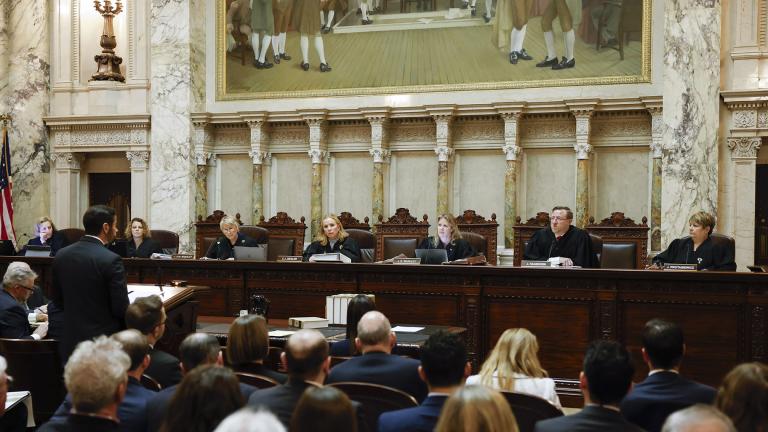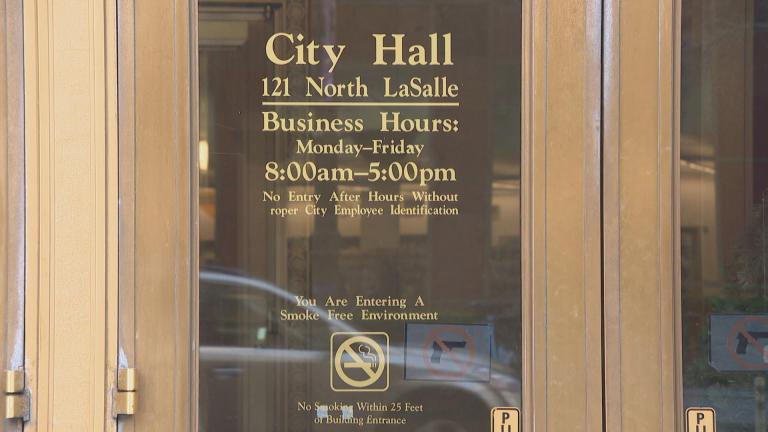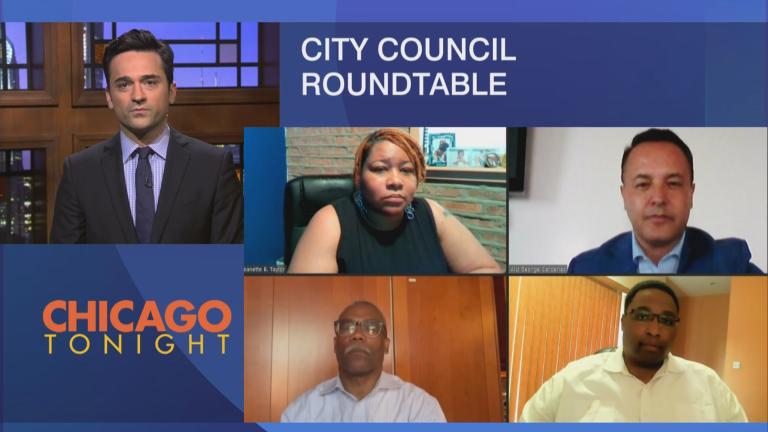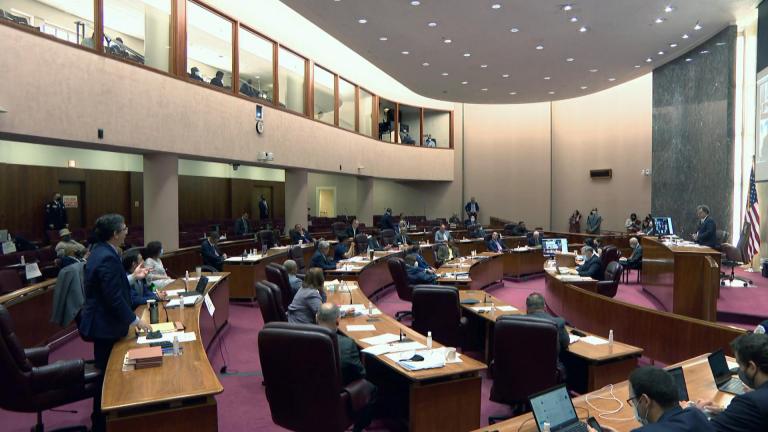As one of only three states that lost residents in the latest census, Illinois will lose one seat in Congress; were it not for Latinos, Illinois’ population would have dipped even more.
It’s unclear exactly by how much, given that the full load of census data won’t reach states until summer.
Even so, Democrats who control the General Assembly are pressing forward with another once-in-a-decade ritual: Drawing new boundaries for state legislative and congressional districts.
The rough estimation is that approximately 2.2 million Latinos who live in Illinois, making up about 17% of the state’s 12. 6 million residents.
The Latino Policy Forum’s Roberto Valdez Jr. said that his group is counting on Illinois lawmakers to set aside at least 20 state legislative districts – 15 House seats (11 in Chicago and 4 in the suburbs; Valdez suggests Aurora, Elgin and Waukegan as potential pockets) and five state Senate seats – that are at least 50% Latino.
Valdez said the Latino Policy Forum will consider “inequitable” any set of maps that don’t meet that quota.
“That doesn’t necessarily mean a Latino must represent a Latino district,” Valdez said. “The redistricting process is important, because you draw these areas of Latino majority districts in hopes that you’ve given the voters an opportunity to elect the person or candidate of their choice, whether they’re Latino or not. Of course we would like to see representation in the legislature, but I think more importantly it’s giving Latino voters in that area the opportunity to choose who they’d like to represent them.”
As it stands now, Latinos are “absolutely” underrepresented in the legislature, attorney Griselda Vega Samuel, with the Chicago office of the Mexican American Legal & Educational Fund, said.
“If we are to truly be diverse and truly be representative of the people that live in the state of Illinois then our legislature should be reflective of that,” she said. “The Latino community should be able to pick the elected official of their choice and so when you do that, you know that someone has your back and that is specific to schools, hospitals, the roads that are near your home, crime. Everything. It impacts everything.”
MALDEF does not have expectations for a number of districts, and is not taking a pass at drafting prospective maps to submit to the General Assembly, despite a website that allows any individual or organization to try their hand at map-making.
For MALDEF, it would be an imprudent exercise until the detailed census information arrives.
While it’s clear there has been a shift of Latinos to the suburbs, there’s no way to know for sure the extent of that trend without the latest census information.
“There has been movement and there is a shift. And so while we understand that that is what has happened, that is why we need those very specific block-level data to ensure where we see where that growth has happened or that shift has happened,” she said. “If
Both organizations also say the legislature should be transparent about the map-making process, including by making the maps public for at least two weeks before putting them up for a vote, so there’s time for public input.
Democrats, most prominently Gov. J.B. Pritzker when he was a candidate, previously backed and removing the map-making power from self-interested legislators and instead creating an independent commission, which would have less incentive to gerrymander, to draw new district boundaries. This spring Pritzker changed his tune, saying that would only be possible with a constitutional amendment.
Chair of the Senate redistricting committee Sen. Omar Aquino, D-Chicago, said the best chance for a fair, diverse map is by keeping the responsibility with elected officials.
“Having it as a legislative process … makes it a more open process, because we are public servants and we are accountable,” he said. “It’s a map not for us but for the people and the state of Illinois.”
Dozens of public hearings have been held in recent months, and Aquino said the process is more transparent than ever given that that witnesses don’t have to travel to attend – they can make an appearance over Zoom.
But critics say too many of the hearings have been held during the weekday when it’s difficult for working people to attend, that too little effort has been put into promoting the hearings, that Democrats are rushing to draft the maps with bad data.
Republicans also say Democrats are being anything but transparent, pointing to a report from WCIA-TV Wednesday in which House Democrats were seen entering and leaving a locked-room to reportedly review preliminary district outlines.
“A flawed process leads to a flawed product. The process if flawed because it’s happening behind closed doors. I t’s happening in a situation where politicians are picking the voters who they will represent in the next 10 years,” Rep. Tom Demmer, R-Dixon, said.
Democrats maintain it’s just part of what will continue to be a transparent process.
MALDEF has previous taken legal action to challenge Illinois’ redistricting attempts, including a lawsuit in the ‘80s that led to the creation to what’s become the 2nd senate district that Aquino now represents.
Former State Sen. Miguel Del Valle was the first Latino elected to the state Senate in 1986; in 2006 William “Willie” Delgado won the seat; Aquino joined the Senate in 2006.
“I’m sitting here today, being lucky enough to represent my neighbors and my community because of the fact that we had organizations and people like Miguel Del Valle who had to sue so that Latinx members had a place in our state and had representation,” he said. “And we’ve gone from zero in 1980 to in 2021 I think we have a total of 16 members that are part of the Latinx community.”
Aquino said designing districts doesn’t just involve using quantitative data; qualitative input is also important, he said, noting that residents of Chicago’s Northwest side asked legislators take into consideration their concerns about gentrification.
Meanwhile, only one of Illinois’ U.S. House districts has a majority of voting age Latinos – the 4th district seat held by Congressman Jesus “Chuy” Garcia.
Follow Amanda Vinicky on Twitter: @AmandaVinicky







